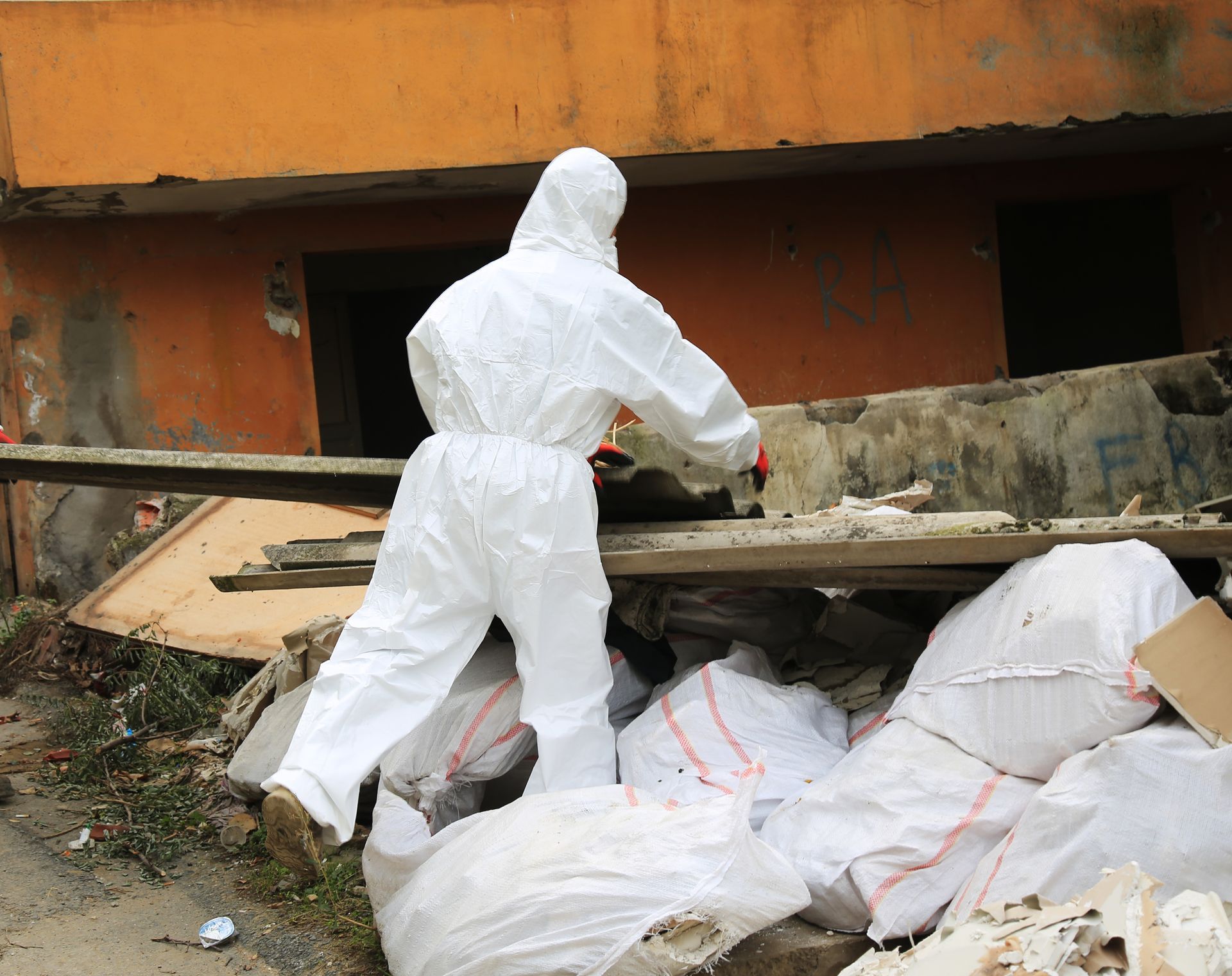Call Us: (609) 365-8744 | Email Us: shoregreenenergy@comcast.net
Building O&M Plans
Building an asbestos Operations and Maintenance (O&M) plan involves creating a strategy to manage and control asbestos-containing materials in a building.
Here's a Simple Explanation of the Process:
- Identify and assess asbestos-containing materials: First, you need to identify any materials in the building that contain asbestos. This may include insulation, ceiling tiles, floor tiles, or pipe insulation. A thorough inspection or survey is conducted to determine the presence and condition of asbestos.
- Determine the risk and prioritize actions: Once the asbestos-containing materials are identified, they are assessed to determine the level of risk they pose. This involves considering factors such as the material's condition, location, and likelihood of disturbance. Based on the risk assessment, priorities are set to address high-risk areas first.
- Develop control measures: Control measures are put in place to minimize the risk of asbestos exposure. This may include encapsulating or enclosing the asbestos-containing materials, or in some cases, removing them entirely. The chosen control measures depend on the specific circumstances and the recommendations of asbestos experts.
- Establish an O&M program: The O&M plan outlines the ongoing activities required to manage asbestos-containing materials. It includes regular inspections, maintenance, and monitoring to ensure the effectiveness of the control measures. The plan also defines responsibilities, procedures, and training requirements for building occupants and maintenance staff.
- Implement and communicate the plan: The O&M plan is implemented by carrying out the recommended control measures and conducting the scheduled inspections and maintenance activities. It is important to communicate the plan to all relevant personnel, including building owners, occupants, and maintenance staff, so they understand their roles and responsibilities in managing asbestos.
- Monitor and review: Regular monitoring and review of the O&M plan are essential to ensure its effectiveness. This involves conducting periodic inspections, evaluating control measures, and making adjustments as needed. Changes in building use or conditions may require updates to the plan to address new risks or challenges.
By following these steps, a building can effectively manage asbestos-containing materials, minimize the risk of exposure, and ensure the safety of occupants and maintenance personnel. It's important to consult with asbestos experts or professionals who have experience in asbestos management to develop a comprehensive and tailored O&M plan for your specific building.
Integrating NESHAP Survey with Asbestos O&M Proposal
This proposal outlines the seamless integration of a NESHAP (National Emission Standards for Hazardous Air Pollutants) survey with an Asbestos Operations and Maintenance (O&M) plan.
The NESHAP survey is a crucial component in complying with environmental regulations for managing asbestos-containing materials (ACMs). By combining the NESHAP survey with our existing Asbestos O&M proposal, we aim to ensure the safe and compliant management of asbestos in our facilities.
Objective: The primary objective of this proposal is to demonstrate the importance of integrating a NESHAP survey into our Asbestos O&M plan. By conducting a comprehensive NESHAP survey alongside asbestos management activities, we can identify potential sources of asbestos emissions, minimize environmental risks, and meet all regulatory requirements.
Benefits of NESHAP Survey Integration:
- Regulatory Compliance: Integrating the NESHAP survey into our Asbestos O&M plan ensures that we comply with federal, state, and local regulations related to asbestos management, emission control, and reporting.
- Identification of ACMs: The NESHAP survey helps identify the presence of asbestos-containing materials within our facilities accurately. This information is crucial for developing a comprehensive asbestos management strategy.
- Enhanced Environmental Protection: By proactively identifying potential asbestos emissions sources, we can implement measures to prevent the release of hazardous fibers into the air, safeguarding the environment and public health.
- Improved Risk Management: A combined NESHAP survey and Asbestos O&M plan enable us to assess the risk level associated with identified ACMs and prioritize mitigation actions accordingly.
Implementation Process:
- Survey Planning: Determine the scope and timeline for conducting the NESHAP survey, taking into account the size of the facility, potential asbestos-containing materials, and the applicable regulatory requirements.
- NESHAP Survey Execution: Engage qualified and accredited asbestos inspectors or consultants to conduct the NESHAP survey. They will perform thorough inspections, sample collection, and laboratory analysis to identify the presence of asbestos.
- Asbestos O&M Plan Review: Review the existing Asbestos O&M plan to ensure it aligns with the findings of the NESHAP survey. Incorporate any additional requirements or corrective actions identified during the survey process.
- Mitigation Measures: Develop an action plan to address any identified asbestos-containing materials that require remediation or encapsulation. Prioritize and schedule these actions based on the level of risk and urgency.
- Reporting and Documentation: Prepare comprehensive reports documenting the NESHAP survey results, asbestos management plan updates, and any mitigation efforts undertaken. Ensure that all required records are kept in accordance with regulatory standards.
- Training and Communication: Provide appropriate training to staff involved in asbestos management and ensure they understand the integrated NESHAP survey process and the importance of compliance.
- Ongoing Monitoring and Compliance: Regularly review and update the integrated Asbestos O&M plan to reflect changes in regulations, facility conditions, or any additional ACMs discovered. Continuously monitor the effectiveness of the plan and adjust strategies as needed.
104 Shore Rd, Linwood, NJ 08221
Office: (609) 365-8744
Cell: (609) 703-1311
Shore Green Energy LLC


